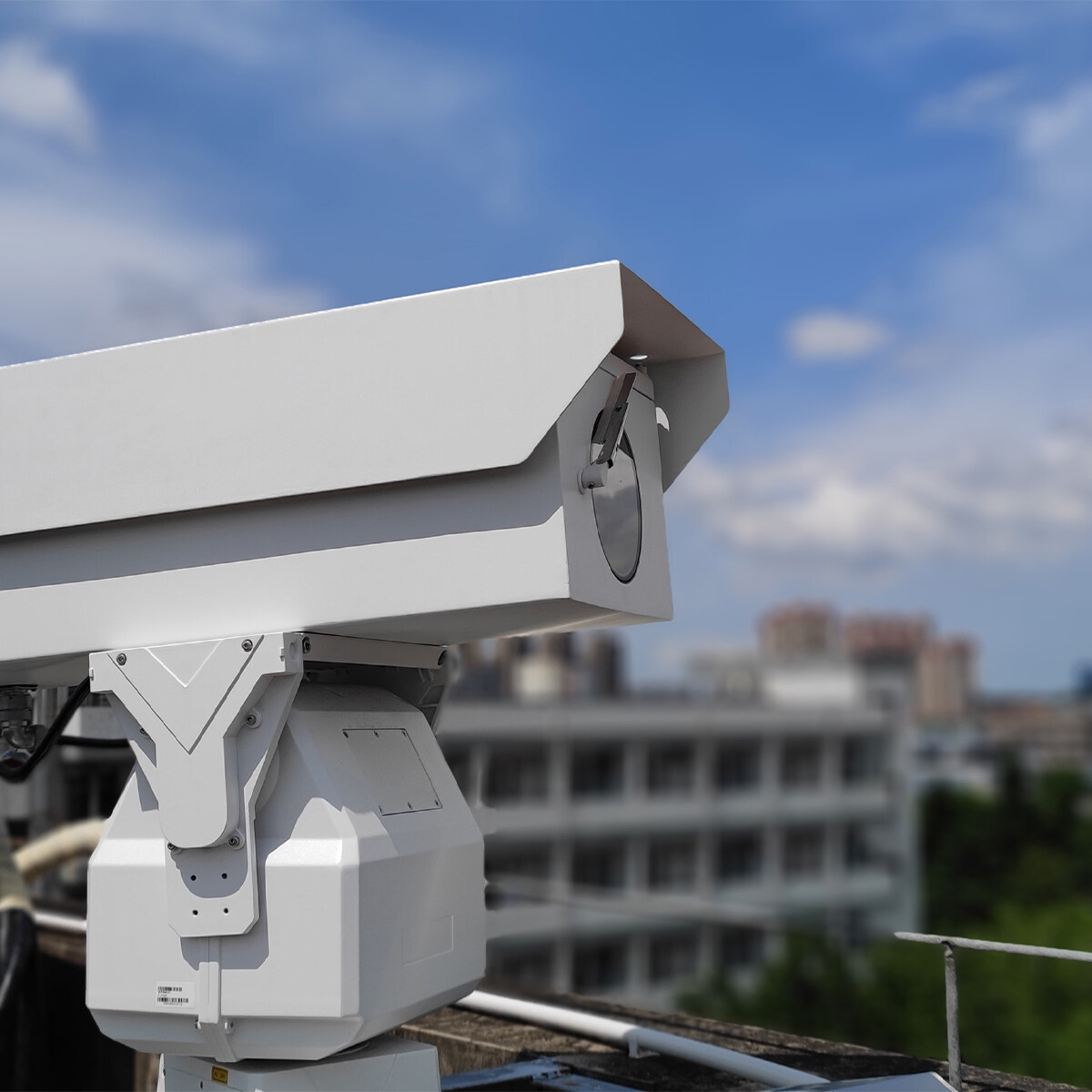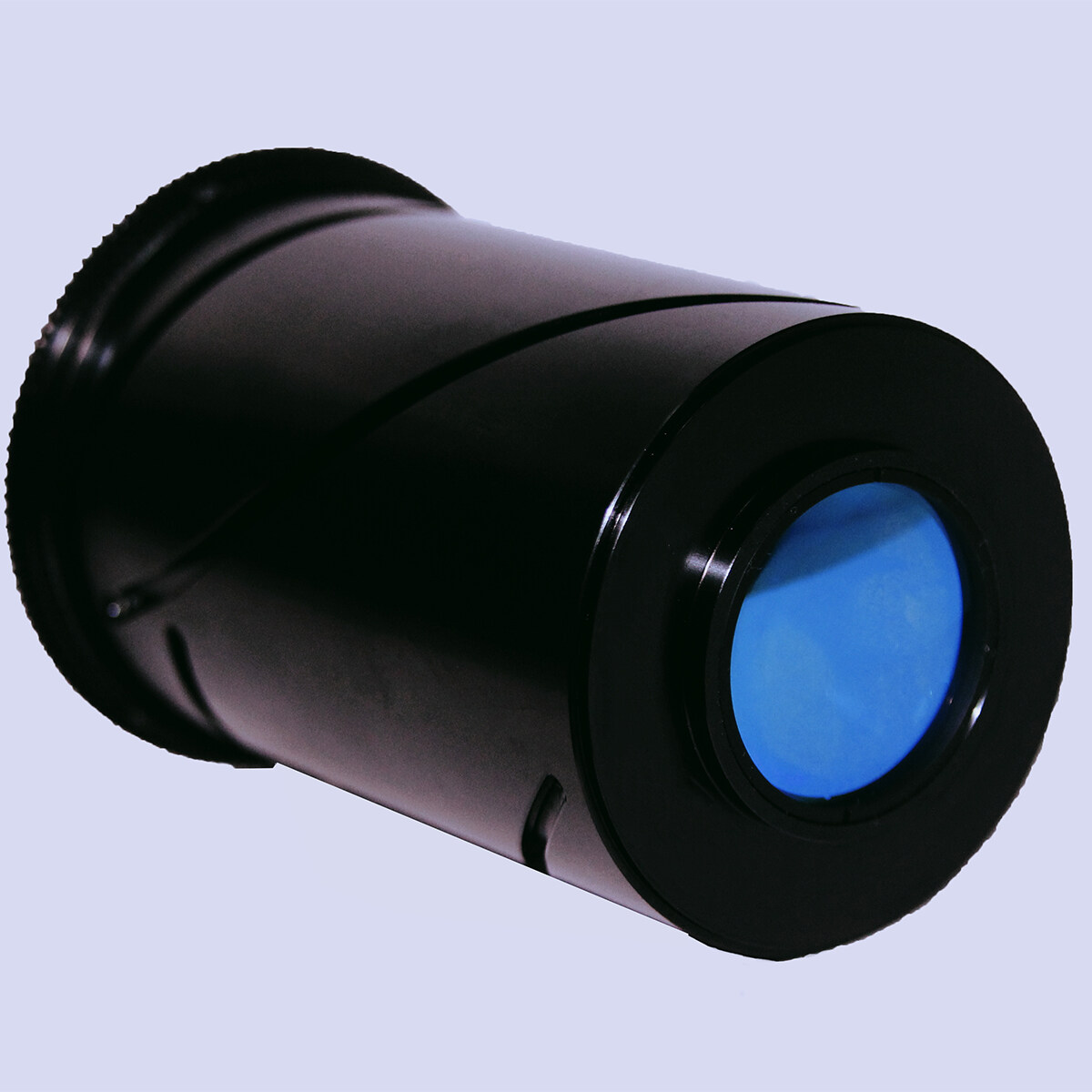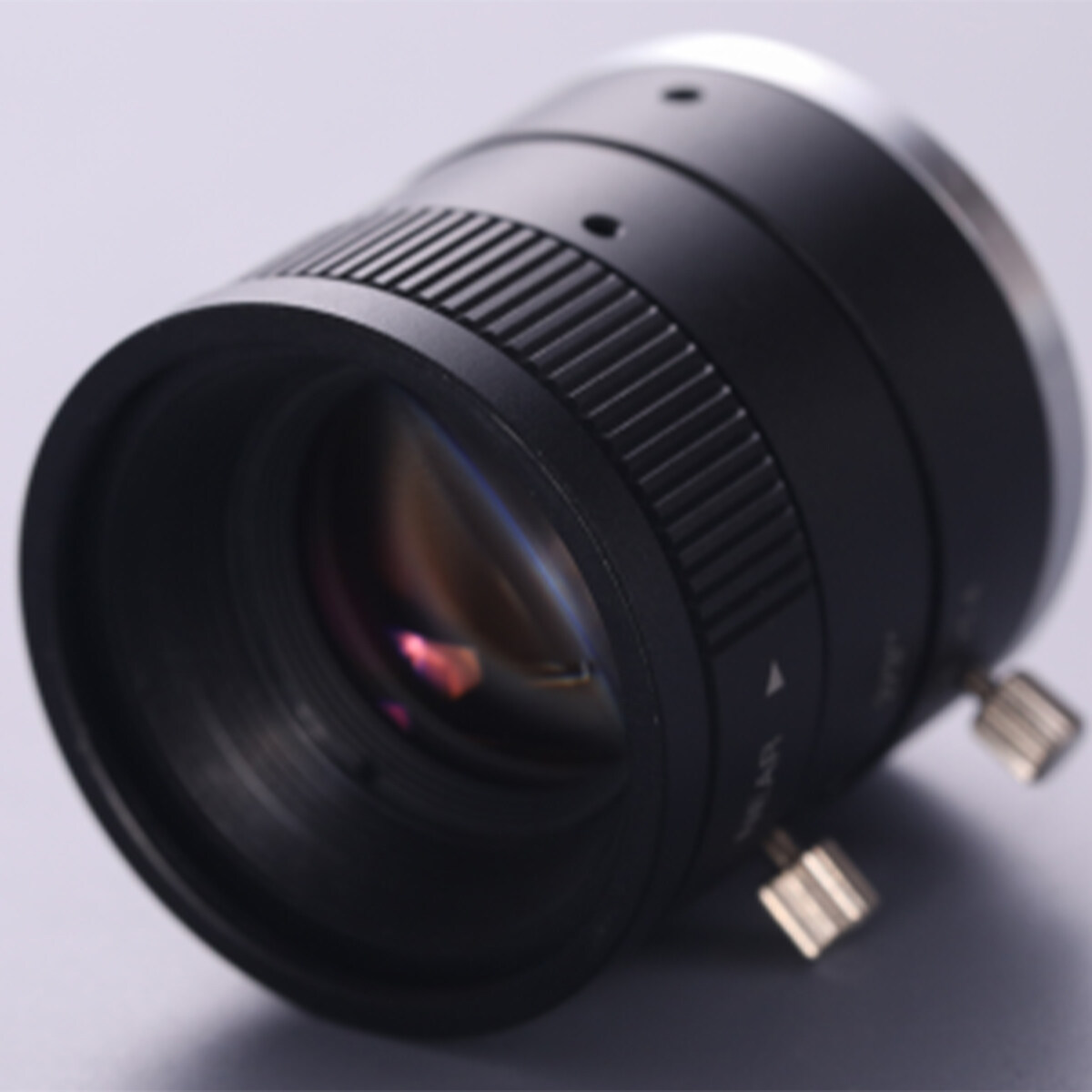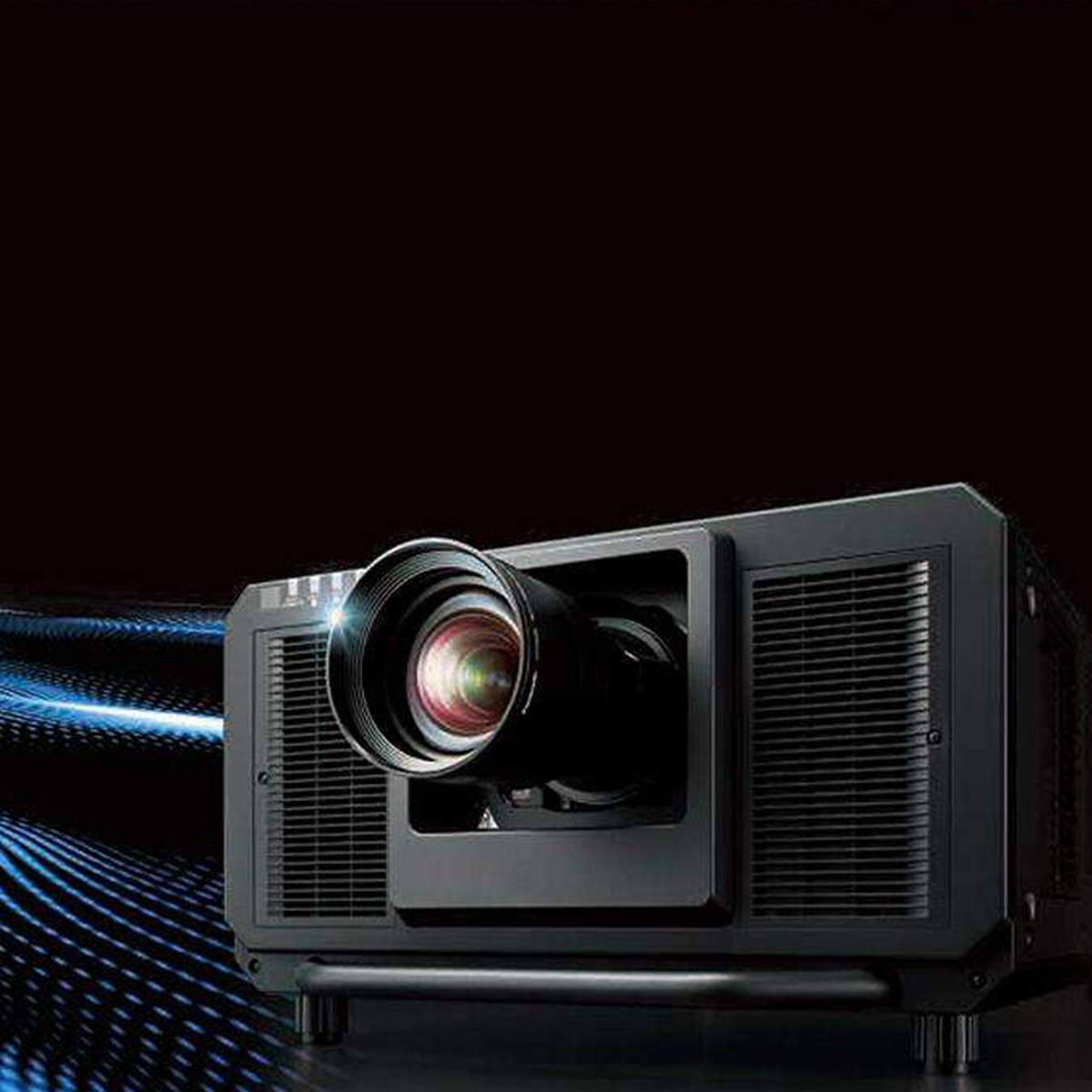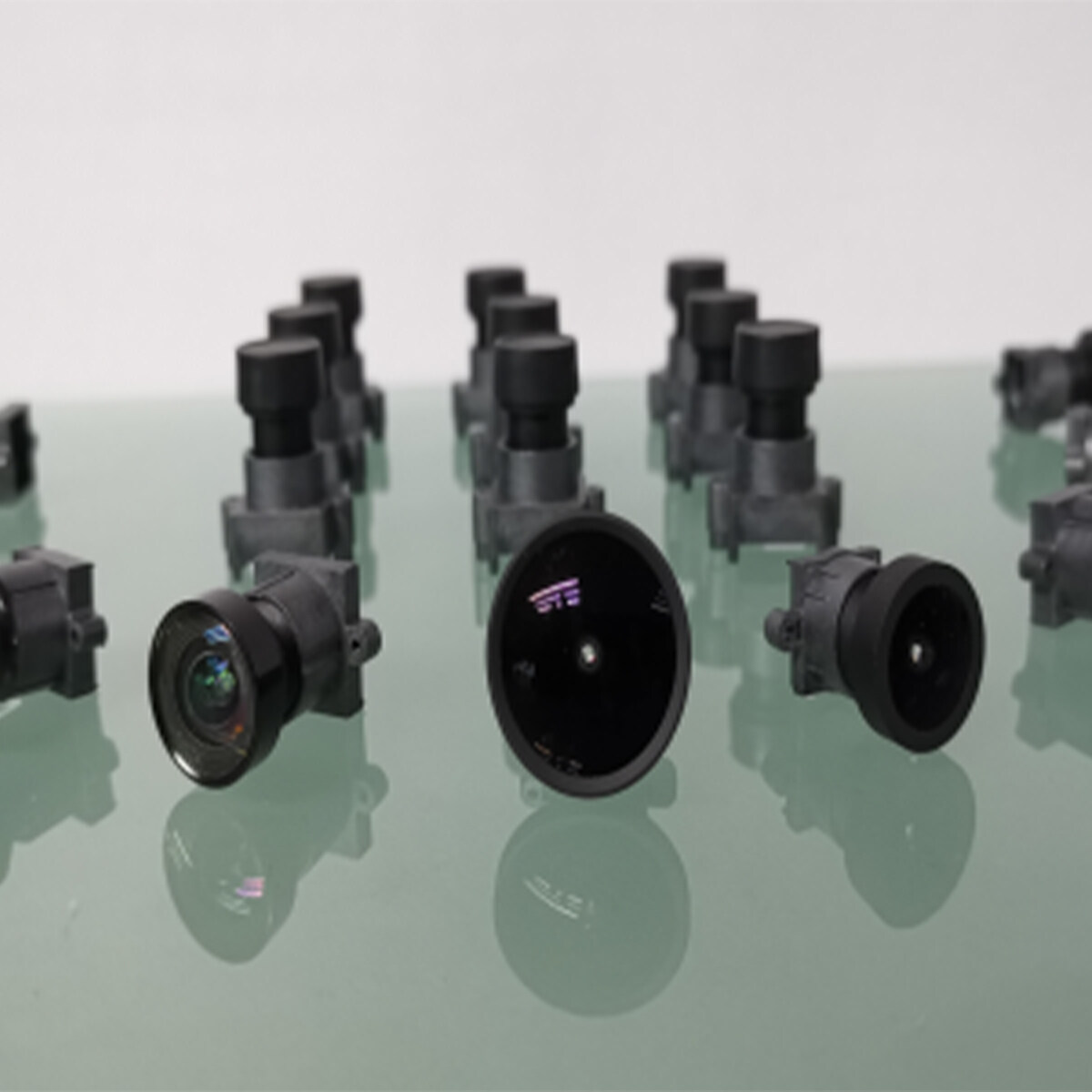Email format error
Email cannot be empty
Email already exists
6-20 characters(letters plus numbers only)
The password is inconsistent
Email format error
Email cannot be empty
Email does not exist
6-20 characters(letters plus numbers only)
The password is inconsistent

Telecentric Lens
We are one of the varifocal magnification telecentric lens design manufacturers in China.If necessary, please feel free to contact us. We have a large number of goods in our warehouse. And always provide high-quality products at competitive prices.
A Telecentric lens is a lens specially designed to correct the parallax of a traditional lens. It can make the image magnification not change with the change of object distance within a certain range of object distance, which is a very important application for the situation where the measured object is not on the same object plane.
There are three main categories of telecentric lenses:
1.Object telecentric lens
Object telecentric lens is to place the aperture diaphragm on the image focal plane of the optical system. When the aperture diaphragm is placed on the image focal plane, even if the object distance changes, the image distance also changes, but the image height does not change, that is, the measured object size will not change. The object telecentric lens is used in industrial precision measurement, with minimal distortion, and high performance can achieve no distortion.
2. Image side telecentric lens
For the telecentric lens of the image side, by placing an aperture diaphragm on the focal plane of the object side, the main light of the image side is parallel to the optical axis. Therefore, although the installation position of the CCD chip is changed, the projection imaging size on the CCD chip remains unchanged.
The advantage of the image square telecentric lens is that it enables the camera chip to obtain uniform light because only the light parallel to the optical axis can be incident on the microlens in front of the CCD/CMOS chip so that the image will not have shadows.
3. Telecentric lenses on both sides
This lens combines the advantages of the above two lenses. In industrial image processing/machine vision, only an object telecentric lens is generally used. Occasionally, two-side telecentric lenses are used (of course, the price is higher). However, in the field of industrial image processing/machine vision, the telecentric lens generally does not work, so it is not used in this industry.
What are the advantages of a telecentric lens over an ordinary lens?
The closer the target object of an ordinary industrial lens is to the lens (the shorter the working distance), the larger the image will be. When using the ordinary lens for size measurement, there will be the following problems:
1. The magnification is different because the measured object is not in the same measurement plane;
2. Large lens distortion;
3. Parallax, that is, when the object distance becomes larger, the magnification of the object also changes;
4. The resolution of the lens is not high;
5. The uncertainty of image edge position is caused by the geometric characteristics of the visual light source.
A Telecentric lens can effectively solve the above problems of the ordinary lens, and there is no interpretation error of this nature, so it can be used in high-precision measurement, metrology, and so on. A Telecentric lens is a kind of high-end machine vision lens, which usually has superior image quality, and is especially suitable for size measurement applications.
No matter where, at a specific working distance, there will be the same magnification after refocusing, because the maximum field of view of the telecentric lens is directly related to the proximity of the lens's light bar. The larger the lens size, the larger the field of view required. The telecentric measuring lens can provide clear image quality, and the distortion is smaller than that of the traditional fixed focus lens. This optical design makes the image plane more symmetrical, which can be accurately measured with software.
Advantages of ordinary lens: low cost, practical, and widely used.
Disadvantages: there will be changes in magnification and parallax.
Application: large object imaging.
Advantages of telecentric lens: constant magnification, no change with the depth of field, no parallax.
Disadvantages: high cost, large size, and heavy weight.
Application: in terms of weights and measures, measurements based on CCD, microcrystalline science.




